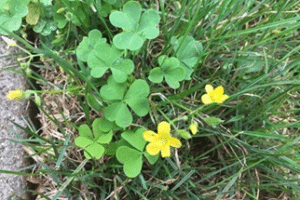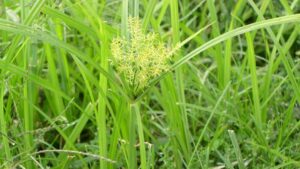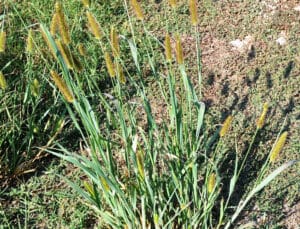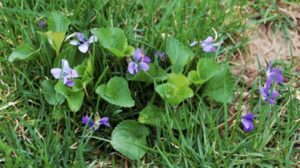Nandina domestica ‘SEIKA’
Description
Color that’s better, brighter and more long-lasting than ever before define the Obsession™ Nandina. A new, distinctive variety, it delivers a compact, dense growth habit and brilliant hues that last for months at a time.
Plus, because it’s an evergreen, you get year-round visual interest. Even better is the fact that it’s drought-tolerant and adaptable to a wide variety of tough conditions. From borders along your fence to plant beds and beyond, this Nandina delivers.
Planting
First, select a location for your Nandina with well-drained soil and full sun to partial shade (about 6 to 8 hours of sunlight per day with some shade). Once you’ve chosen your planting location, it’s simple – dig a hole that’s two times the width of your Nandina’s root ball, place the plant and then backfill its soil. Then, water thoroughly to settle the roots and mulch around the plant for the best results.
Watering
Water your newly planted Nandina regularly, about once per week, until it’s fully established. If you’re not sure when to water, however, check for soil dryness about 2 to 3 inches down in the surrounding area – if the soil is dry here, water your plant.
Fertilizing
Feed your Nandina in early spring and again in early fall with a general-purpose fertilizer.
Pruning
You may prune your Nandina lightly for a neater, tidier appearance.
| Growing Information | |
| Mature Height: | 8-12 ft |
| Mature Width: | 8-12 ft |
| Sunlight: | Full Sun |
| Bloom Time: | |
| Growth Rate: | Fast |
| Grows Well in Zones: | 6-9 |
| Your Growing Zone: | 6 |





